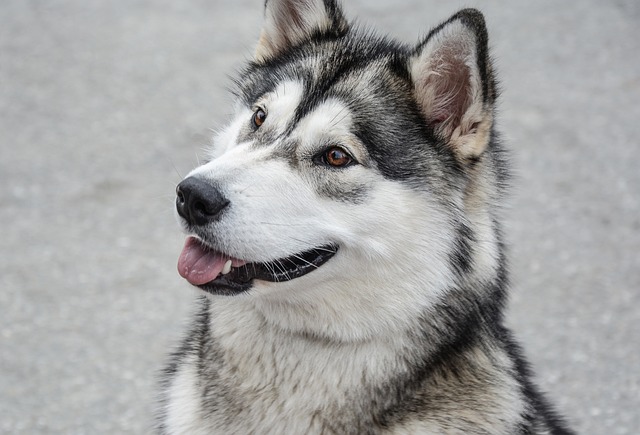Wolf dogs carry a unique mix of canine loyalty and wild instinct, making their training a distinct challenge from domestic breeds. Before diving into techniques, check local laws—some U.S. states restrict ownership of high-content wolf hybrids, while European countries like Germany require special permits. Ignoring these regulations can lead to fines or even confiscation, so start by verifying compliance with your region’s animal control office.
Socialization is non-negotiable, but it demands patience. Unlike golden retrievers, wolf dogs often remain wary of strangers well into adulthood. Begin with short, controlled interactions in puppyhood: invite one calm guest at a time, offering treats when your pup stays relaxed. A breeder in Oregon shared how daily 10-minute sessions with neighbors helped their mid-content hybrid learn to distinguish friend from threat by 8 months old.
Obedience training hinges on respecting their intelligence without triggering stubbornness. Use positive reinforcement—raw meat treats work better than kibble for motivation—but keep sessions under 15 minutes to hold focus. A U.K. trainer specializing in exotic canines recommends starting with "sit" and "stay" in a quiet backyard before moving to busier areas. Never use punishment; a wolf dog’s memory for mistreatment can erode trust permanently, making future training nearly impossible.
 Exercise needs go beyond daily walks. These animals require mental stimulation too, like puzzle feeders or scent-tracking games. A Belgian owner of a wolf-German shepherd mix built a 50-square-meter enclosure with digging zones and climbing structures, reducing destructive chewing by 70% within weeks. Aim for at least 2 hours of active engagement daily to prevent boredom-related behaviors.
Exercise needs go beyond daily walks. These animals require mental stimulation too, like puzzle feeders or scent-tracking games. A Belgian owner of a wolf-German shepherd mix built a 50-square-meter enclosure with digging zones and climbing structures, reducing destructive chewing by 70% within weeks. Aim for at least 2 hours of active engagement daily to prevent boredom-related behaviors.
Grooming and handling should start early to acclimate them to human touch. Gradually introduce brushing, nail trims, and vet exams with rewards. A Canadian rescue group notes that hybrids not socialized to handling by 4 months often resist grooming entirely, increasing stress for both owner and animal. Consistency here lays the groundwork for easier care throughout their 12-15 year lifespan.
Owning a wolf dog isn’t for everyone. It demands dedication to understanding their wild side while providing structure. Those who put in the work find deeply rewarding companions—animals that offer a glimpse into nature’s complexity while remaining loving members of the family. Always prioritize their welfare, stay updated on local laws, and connect with experienced owners or trainers for ongoing support. The bond forged through this journey is unlike any other, but it starts with respect for who they truly are.

 Exercise needs go beyond daily walks. These animals require mental stimulation too, like puzzle feeders or scent-tracking games. A Belgian owner of a wolf-German shepherd mix built a 50-square-meter enclosure with digging zones and climbing structures, reducing destructive chewing by 70% within weeks. Aim for at least 2 hours of active engagement daily to prevent boredom-related behaviors.
Exercise needs go beyond daily walks. These animals require mental stimulation too, like puzzle feeders or scent-tracking games. A Belgian owner of a wolf-German shepherd mix built a 50-square-meter enclosure with digging zones and climbing structures, reducing destructive chewing by 70% within weeks. Aim for at least 2 hours of active engagement daily to prevent boredom-related behaviors.



